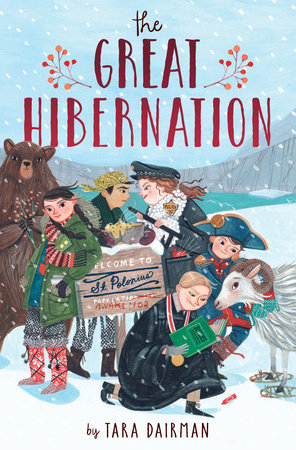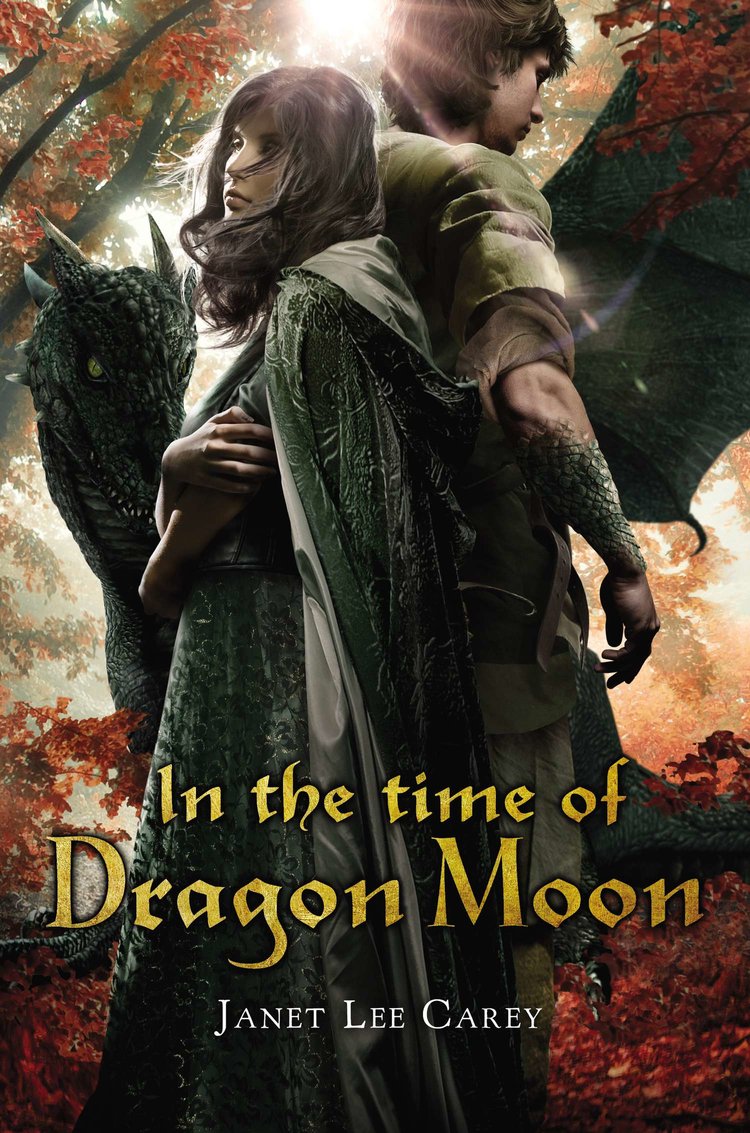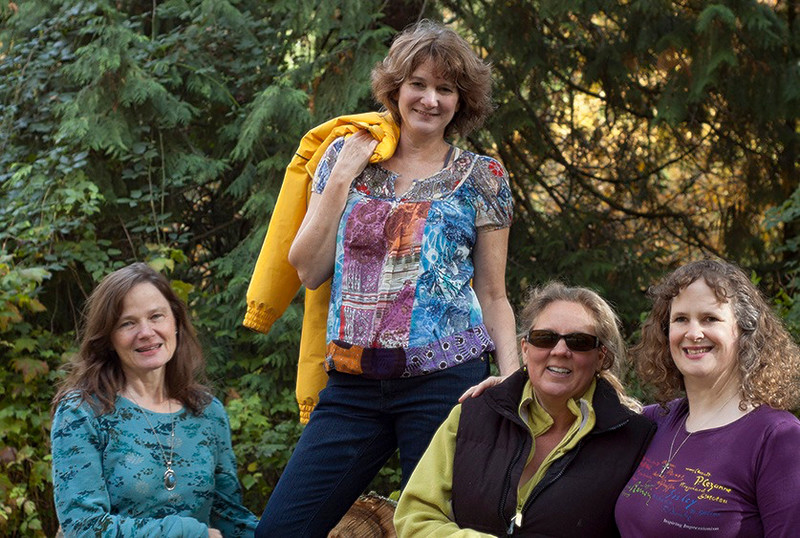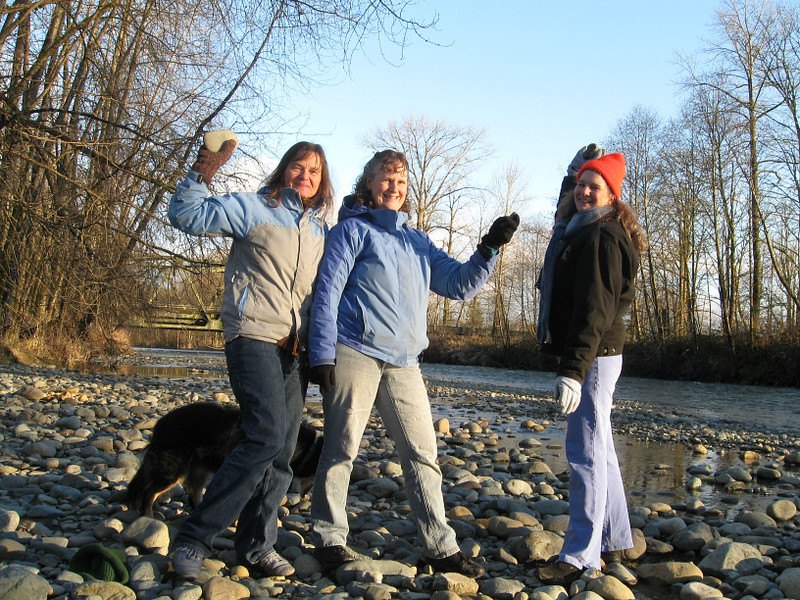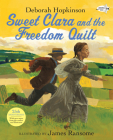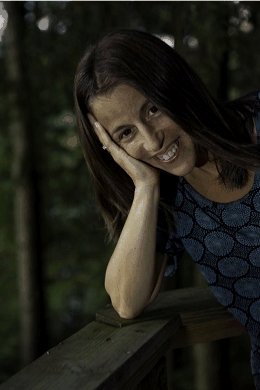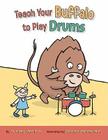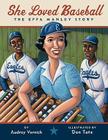A very happy book birthday to Tara Dairman and her latest middle-grade novel, The Great Hibernation! This story has mystery, politics, coming of age, science, and a healthy dose of girl power, and it’s available NOW from Wendy Lamb Books/Penguin Random House. I loved it, and I highly recommend it!
As a special treat, Tara agreed to do an interview for us today. So, without further ado, let’s hear from Tara!
LAT: What kind of reader do you think this book will appeal to?
TD: A wide variety, I hope! Fans of my All Four Stars series should enjoy the humor and the foodie elements that those books share with The Great Hibernation. But I think that Hibernation will also draw in readers who like mystery, zany/madcap adventure, and a bit of political content, too. Plus, I just have to say, my mom really likes it. She pretty much told me it’s her favorite of all my books. 🙂
LAT: It’s so hard to pick a favorite, but I also really loved this one. How did you first become interested in writing The Great Hibernation? What were your incentives for sticking with it?
TD: I first got the idea in 2013… from a dream! In the dream, two kids were out in freezing open water in a tiny boat, trying to flag down a bigger boat to help them because something had gone terribly wrong back on shore in their town. When I woke up, I knew I had to find out who those kids were and what had gone wrong. (And that dream inspired one of my favorite scenes in the whole book.)
LAT: I remember that scene! There are some great details and observations in that one, as well as others. It seems like a ton of research must have gone into this book to get those details right. Can you tell us about that? How was that different from previous books? Do you think you’ll get to reuse any of that research in future stories?
TD: Working on The Great Hibernation did give me an opportunity to research a lot of fun topics, from sheep farming to Thai cuisine to liver function. I was lucky to have some expert beta and sensitivity readers look at the manuscript and answer my questions at various points to that I could make those details as authentic as possible. As for the small town of St. Polonius-on-the-Fjord (where the book is set), it’s loosely inspired by the northern coast of Iceland. I had the pleasure of traveling through that area a few years ago, so when I was drafting, I did have a sharp picture in my head of what the town and its environs would look like.
TD: I kind of doubt I’ll ever get to reuse any of my research, but if I write another book in which a sheep needs to go down a staircase… well, I know now that he can. (With a little help!)
LAT: Were there any surprises or stumbling blocks along the way to the finished draft? How did you end up dealing with that?
TD: I struggled to get the opening chapter right for this book. There’s a lot of information and backstory to convey, plus a lot of characters to introduce, and of course I didn’t want things to feel info-dumpy. I started over from scratch several times—and then, after I sold the book for publication, I threw the whole first chapter out and rewrote it all over again. Luckily, my beta readers, editors, and I all really loved the final version, so I got there in the end!
LAT: Oh, I can certainly relate to that! Persistence is the key, right? To that point, though, how do you decide when a book is “done” and ready to send to your agent?
TD: When I literally cannot fathom looking at it for a single second more. 🙂 (That is usually after I’ve done at least two major revisions on my own based on critique partner feedback, though. My agent never sees my earliest drafts!)

LAT: I think every book teaches us something new, about the world, about ourselves, or about the craft of writing. What have you learned as a result of writing this particular book?
TD: I’ve learned that, just because a book doesn’t pitch well, that doesn’t mean it’s not going to be a good book. My agent and I originally tried to sell this book on proposal, and the feedback we got from editors was that they liked the sample chapters but thought that the proposed plot sounded… well, a little crazy. It turned out I just had to write the whole book for them to see that I could pull the crazy plot off.
LAT: Wow! It sounds like you took quite a leap of faith with this one. (And I’m so glad you did!) Was that your toughest moment on the path to publication or were there others, and how did you make it over that hurdle?
TD: I’d still say that finishing the first draft of my first book (All Four Stars) was the hardest thing I’ve ever done, because I didn’t know what I was doing. I’d dreamed of being a novelist since childhood, but until I actually finished writing a book, I didn’t know whether I could do it or not! And that one little book took me years upon years. Writing “the end,” though—definitely one of the best moments of my life.
LAT: What tricks have you learned for balancing your writing time with the demands of keeping up with the industry, promoting existing work, taking care of your home and family, personal recreation and self-care, etc.?
TD: Oy vey. I’m still learning! I have bad days and better days. What I have learned over the last few years is that “balance” is going to look different depending on the month, the week, the day. There are going to be stretches when I’m writing almost every day and really in that creative zone. And there are going to be stretches when a book release is looming, or a new baby is getting born, and I don’t do any creative work at all for weeks or months. And that’s okay! I’m not a great multitasker anyway, so I’d rather really focus on whatever is calling to me most in the moment—which is a privilege that I know not every author can afford.
TD: In short, I guess I’d say that balance has become a long game for me, rather than something I’m able to accomplish on a daily basis.
LAT: Excellent advice. I suspect that knowing it’s a long game is the #1 secret to finding that ever-elusive “balance.” So, what are you working on right now?
TD: I do have a middle-grade WIP that I’m hoping to get back to once The Great Hibernation is properly launched into the world. But I’m also having a baby in November, so once he or she arrives, my focus will likely be off writing for at least a few months.
LAT: Congratulations! I’m definitely looking forward to hearing more about that adventure (and seeing pictures)!!
LAT: Before I let you go, what do you wish I would’ve asked you that I didn’t, and why?
TD: I wish you’d asked me “What are some of your other favorite recent middle-grade books?” There are SO many good ones out this year! My answer would be:
- Contemporary: Saturdays with Hitchcock by Ellen Wittlinger
- Nonfiction: Poison by Sarah Albee; Two Truths and a Lie: It’s Alive! by Laurie Ann Thompson and Ammi-Joan Paquette
- Mystery: The World’s Greatest Detective by Caroline Carlson
- Humor: This is Just a Test by Wendy Wan-Long Shang and Madelyn Rosenberg
- Historical: Bobby Lee Claremont and the Criminal Element by Jeannie Mobley; The Last Grand Adventure by Rebecca Behrens (coming 3/18)
- Fantasy: The Changelings and In a Dark Land by Christina Soontornvat
TD: I could go on and on, but I’ll stop myself there!
LAT: Thanks for the shout-out for Two Truths and a Lie: It’s Alive!, Tara. (I swear, I did NOT put her up to that!) And thank you so much for visiting today and answering all of my questions. I’ll be recommending The Great Hibernation far and wide, and I wish you much continuing success in ALL of your endeavors!
Find out more about The Great Hibernation by Tara Dairman here. And leave a comment below for a chance to win your own copy!
UPDATE: The giveaway winner is JennaO! Congratulations, JennaO!!

